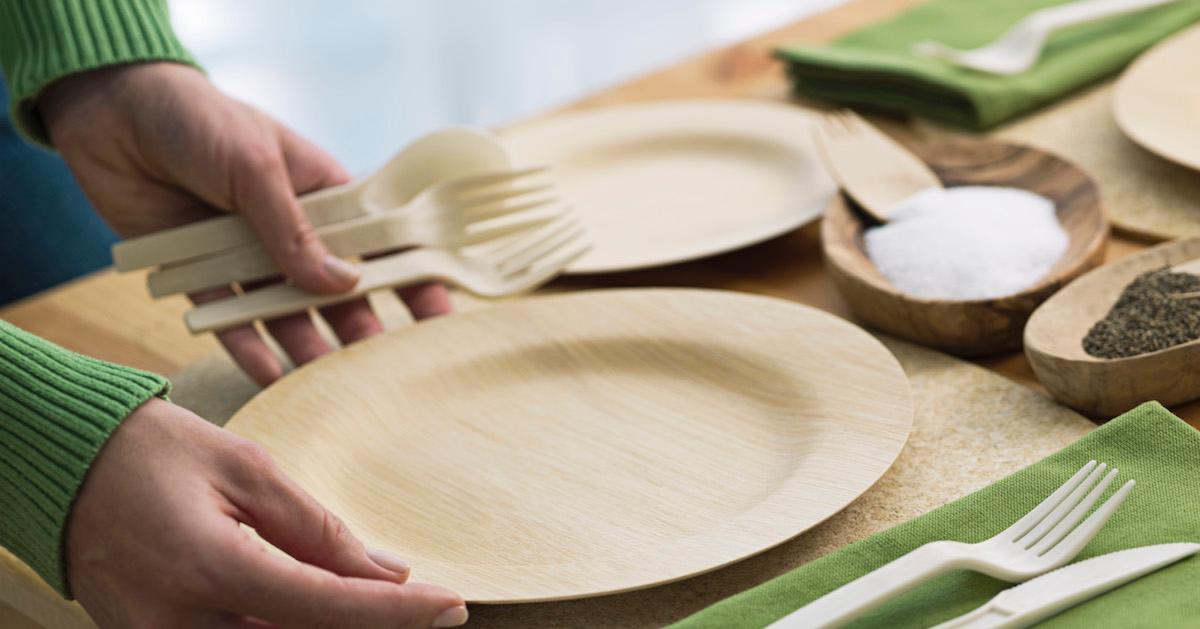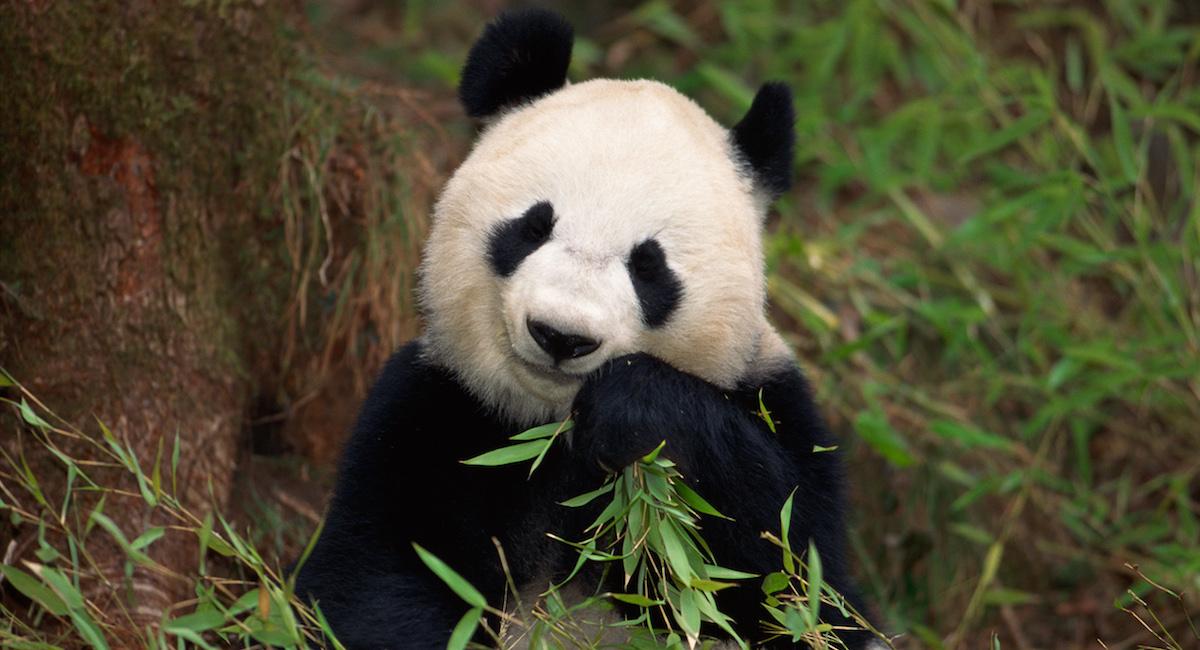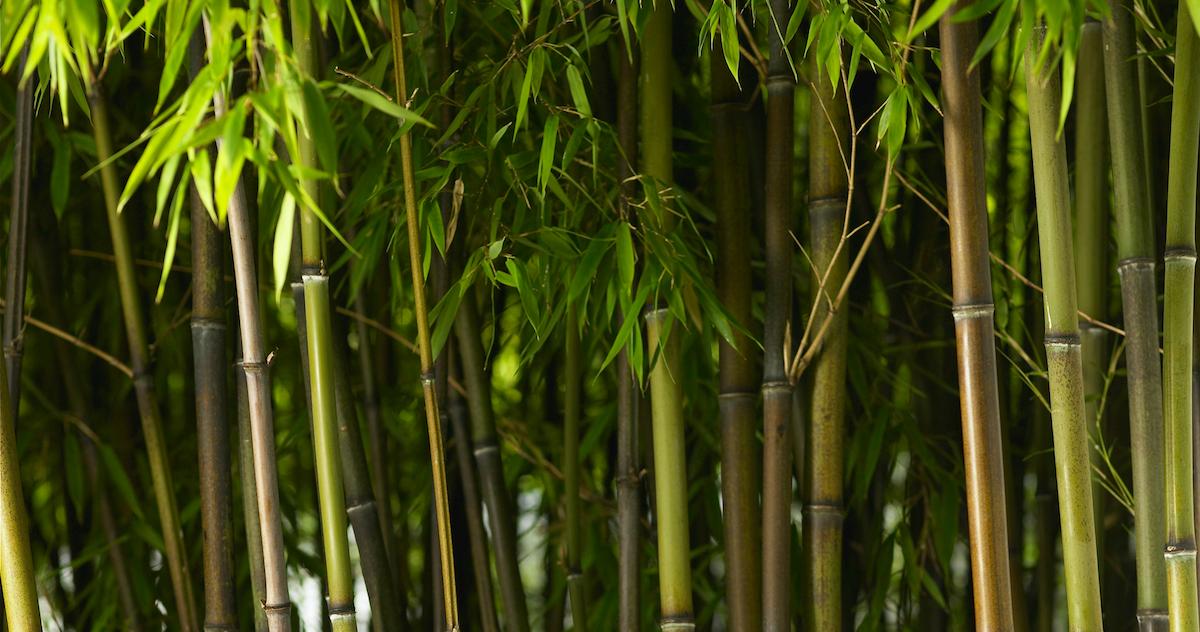Bamboo: Is It As Eco-Friendly As Everyone Seems to Think?
Published June 3 2021, 5:22 p.m. ET

For several years now, bamboo has been touted as one of the most sustainable materials of the modern age. Popular in both the textile and construction spaces, bamboo’s inherent sustainability is determined by several factors, including its rate of growth and overall durability. It appears, however, that bamboo’s alleged sustainability might not be all it’s cracked up to be. This ultimately begs the question, how eco-friendly is bamboo, after all?
Is bamboo eco-friendly?
The truth of the matter is that bamboo has many fine qualities that render it both sustainable and eco-friendly. At the same time, there are also many ways in which it is not eco-friendly. To fully appreciate both, we must investigate the often desirable facets of this admittedly remarkable fiber.
Ways in which bamboo is eco-friendly:

It grows quickly.
Perhaps the main reason behind bamboo’s rise to the top is its prolific rate of growth. In ideal conditions, bamboo can grow 3 feet in a 24-hour period. According to Bare Vida, bamboo is perhaps the fastest-growing plant on the planet. This natural, expedited renewal period means that bamboo can be harvested at full size in just three to four months with minimal environmental impact. Bamboo growth also doesn’t require excessive amounts of water, either.
It's more sustainable than alternative fabrics.
When compared to other so-called sustainable fabrics like rayon and polyester, bamboo stands out as being far less impactful on the environment. Rayon might be made from natural fibers, but the chemicals utilized in treating it are hardly harmless. Bamboo requires no such chemical treatments, nor does it require pesticides.
It's super strong.
According to Interesting Engineering, bamboo has a tensile strength of about 28,000 pounds per square inch, making it 5,000 times stronger than steel. This makes it a better, more eco-friendly material for construction products. It also doesn’t weigh as much as steel, which means it’s easy to transport.
It sequesters carbon.
Due to its versatility and rate of production, bamboo has become a popular cash crop. That popularity has given rise to bamboo forests, which have enormous benefits in terms of aiding climate change. Bamboo forests store carbon, approximately twice the amount of carbon as trees, in fact. This, in turn, generates 30 percent more oxygen than other plants and trees, according to Bare Vida.
Why bamboo isn’t eco-friendly:

It's a mono culture.
The vast popularity of bamboo is something of a double-edged sword. Bamboo forests may be great carbon sinks and provide homes for animals displaced by habitat destruction, but they aren’t always the type of homes that those animals are looking for. According to The Green Hub, forests are established ecosystems ripe with biodiversity, but mono plantations like bamboo generally lack that degree of biodiversity.
So, rather than helping provide homes for homeless critters, bacteria, and fungi, mono cultured bamboo forests become a barren halfway house for animals that are now far more susceptible to disease. The lack of diversity in flora also contributes to dietary changes or full-on malnutrition in some species.
It's often heavily treated with chemicals.
Bamboo doesn’t just get spun into blankets for human use: anyone who’s ever lived in a bamboo house or eaten off a bamboo plate could probably tell you that. According to The Green Hub, in order to render bamboo a viable textile material, it must be heavily treated with harsh chemicals like sodium hydroxide, sulfuric acid, and carbon disulfide — all of which are harmful to the environment, humans, and wildlife.

It has its downsides, but bamboo is certainly more eco-friendly than other materials. There’s no denying it’s useful, and there's definitely no doubt that its continued use will prompt even more innovations in growing and product development — we'll just have to wait and see.